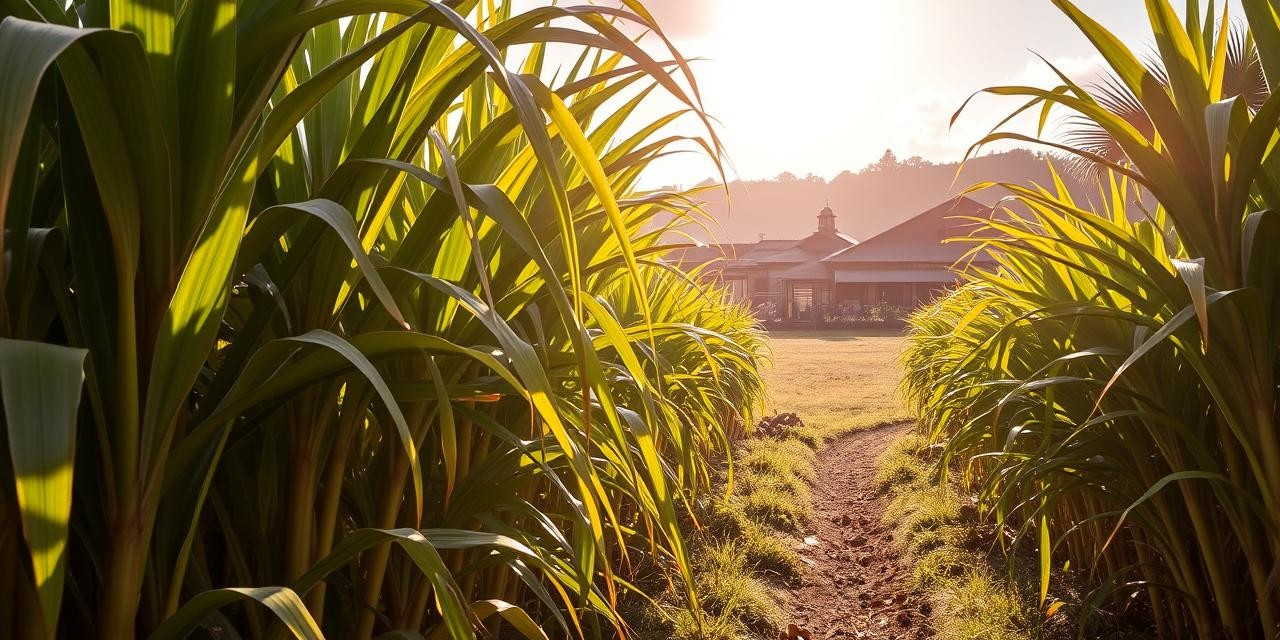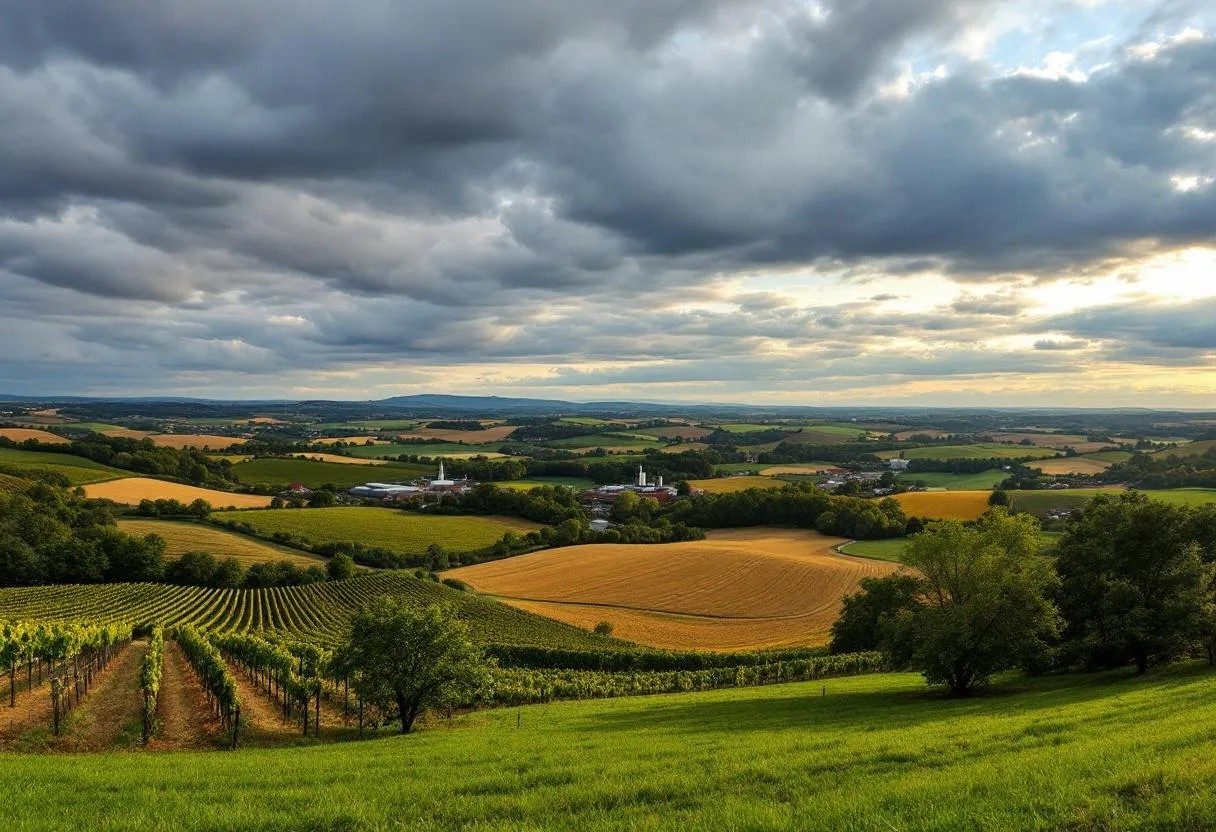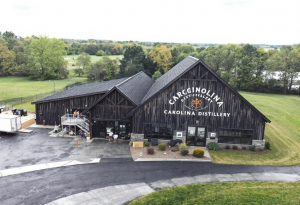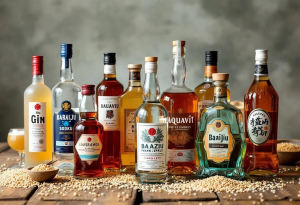Growing up in Bardstown, Kentucky – aka the Bourbon Capital of the World – I’ve always been hooked on how a place shapes its spirits. From studying chemical engineering to my time at Maker’s Mark, and now consulting for craft distilleries, I’ve become even more obsessed with terroir. You know, that “taste of place” thing? It’s usually talked about with wine, but trust me, it’s just as big a deal in spirits, giving them their unique character.
What Exactly is Terroir?
Terroir is basically all the environmental stuff that affects a crop. Think of it as the “taste of place.” It’s everything: climate, soil, water, even the local traditions that influence how things are made. Some folks argue that distillation wipes out terroir, since it’s a purification process. But I think it just refines it. It highlights the special traits that come from the raw materials and where they’re grown and processed.
The Climate Connection
Climate is HUGE. Take Scotch whisky, for example. Scotland’s cool, damp weather is perfect for growing barley. That long, slow growing season lets the barley build up complex sugars and starches. And that’s what gives Scotch its malty flavor. Then there’s Caribbean rum. The tropics crank up the fermentation of molasses, giving you those rich, fruity, spicy rums.

Soil’s Subtle Influence
Okay, soil might be a bit less obvious than climate, but it still matters. The minerals and nutrients in the soil affect the grains (or whatever you’re using) that eventually get distilled. Think about Cognac. The chalky soil in that region of France is said to give the grapes high acidity. And that acidity? Key for making a balanced spirit that can age beautifully for decades.
Water: The Elixir of Life (and Spirits)
Water is essential. Its quality and what’s in it can seriously change the final product. Distilleries LOVE bragging about their water sources, often natural springs or rivers. Kentucky’s limestone-filtered water? Famous for its purity and mineral content. People say that’s what makes Bourbon so smooth and mellow. And the soft, peat-filtered water in Scotland? That gives many Scotch whiskies their smoky kick.
Local Ingredients, Regional Traditions
Using local stuff and sticking to old traditions? That’s terroir in action! Mezcal is a perfect example. It’s totally tied to the different kinds of agave you find all over Mexico. Each agave gives the mezcal a unique flavor, showing off where it was grown. Gin is another good one. Using local plants can make gins that scream “this is where I’m from!” Think about gins from the Scottish Highlands with those coastal botanicals. You can almost taste the salty sea air.
Maturation: The Final Touch of Terroir
Even where and how a spirit ages can be terroir-related. The climate and humidity in the aging warehouse affect how fast the spirit evaporates and how it interacts with the wood. In Scotland, the cool, damp climate slows things down, so you get whiskies with more delicate flavors. Kentucky’s hot, humid climate speeds things up, leading to Bourbons with richer, more intense flavors.
Beyond the Science: The Human Element
Science is cool and all, but don’t forget the people! The distiller’s know-how, the traditions passed down, the passion for making something special – that all adds up to terroir. It’s a mix of nature and nurture, the environment and the human touch.
Examples of Terroir in Action
- Islay Scotch Whisky: Peaty water, sea air, local barley. Hello, smoky, medicinal, briny deliciousness!
- Cognac: Chalky soil, Ugni Blanc grapes, strict rules. That’s how you get those floral and fruity aromas.
- Highland Tequila: Agave grown way up high in Jalisco. The result? Tequilas with more complex, herbaceous flavors.
- Kentucky Bourbon: Limestone water, special corn, charred oak. Boom – sweet vanilla and caramel notes.
The Future of Terroir in Spirits
People want to know where their spirits come from and if they’re the “real deal.” So, terroir is going to get even more important. Distillers are focusing on local ingredients, keeping traditions alive, and showing off their region’s unique character. This is great for us drinkers (more tasty and interesting spirits!), and it’s good for the planet too, encouraging sustainable farming and supporting local communities.
Conclusion
Terroir is way more than just a trendy word. It’s a key part of making spirits. It shapes the flavor, the smell, everything. When you get how climate, soil, water, local stuff, and traditions all play a role, you can really appreciate the awesome complexity of distilled drinks. So, next time you’re sipping something, think about its journey from the land to your glass. And savor that “taste of place.”
Frequently Asked Questions (FAQ)
- Is terroir just marketing fluff? Sure, marketing can use it. But the environment definitely affects how spirits taste. It’s a real thing you can see and measure.
- Does terroir matter in all spirits? It’s most obvious in spirits made from farm stuff like grains, grapes, or agave. But even in spirits made from neutral grains, the water and aging can be terroir-influenced.
- How can I taste terroir? Pay attention to the smell, taste, and how it feels in your mouth. Think about where the ingredients came from and how it was made. Try spirits from different places and see if you notice a difference.
- Is terroir the same as “craft”? Nope. Craft is about how small and independent the distillery is. Terroir is about how the environment affects the spirit. Lots of craft distilleries care about terroir, but they’re not the same thing.


